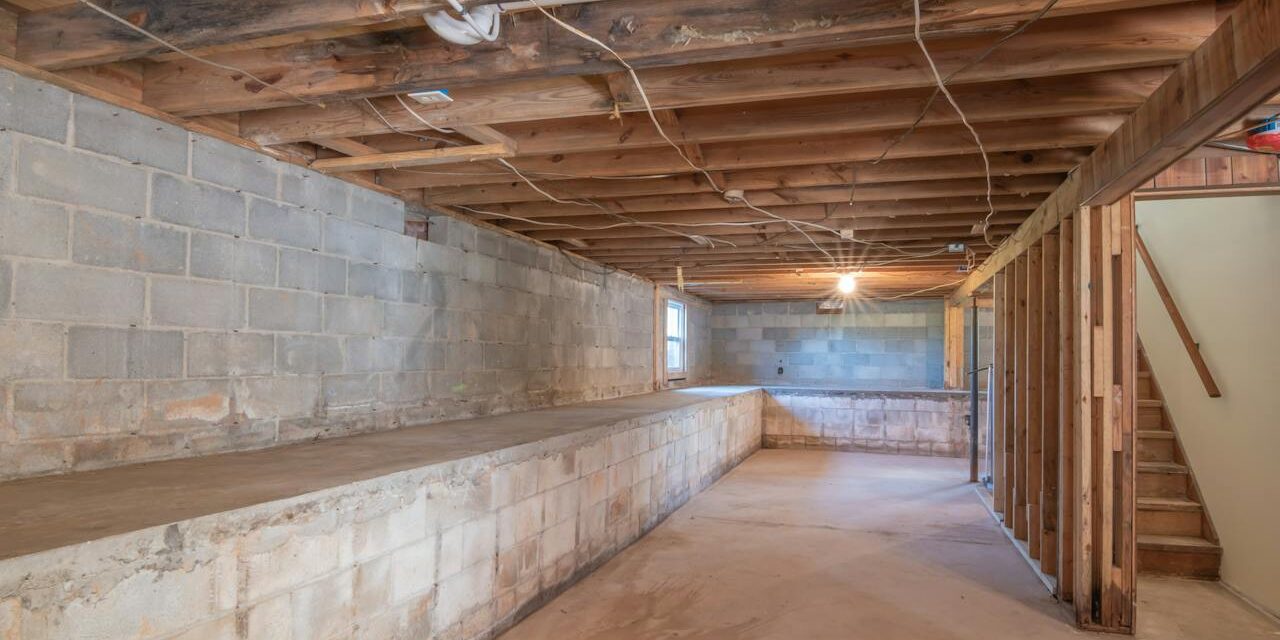One of the most important parts of having a basement in your home is waterproofing that basement so that it doesn’t take on excess moisture. Failure to waterproof a basement can have disastrous effects, the likes of which can affect you in both the short term and the long run.
What you might be wondering, though, is how to go about waterproofing a basement. That’s where this article comes in. Without further ado, here are essential tips for protecting your home from basement moisture.
Understanding Why You Need To Waterproof A Basement
First, you might be wondering: what water problems do basements actually face? Well, because basements exist underground, and because a great deal of water exists underground as well, basements are almost perpetually vulnerable to water seepage.
Groundwater accumulates against the side of a home’s foundation. This puts tremendous stress on the foundation, causing it to slowly buckle. Eventually, cracks form, allowing groundwater to seep through to the other side (into the basement).
Once this occurs, all sorts of problems can arise. The biggest of these problems is the potential of flooding. However, you might also face increased mold growth, not to mention the presence of musty smells. Even light moisture can damage possessions in a basement, especially electronics and wood furniture.
This is why you must waterproof your basement. Doing so makes it a habitable place. It also ensures the protection of the items in your basement.
Waterproofing Solutions
There is no shortage of basement waterproofing solutions, each of which offers something a little different in terms of capabilities. The more solutions you utilize simultaneously, the better protected your basement will be.
Sump Pump Installation
Sump pumps pump groundwater away from the exterior of a home, thereby reducing the stress that said water places on the home’s foundation. This not only helps prevent the foundation from cracking but also ensures that the basement doesn’t flood.
French Drain Installation
A French drain is a perforated pipe that’s buried underground. Its point is to catch groundwater and then redirect it to another area, further away from the home’s foundation. French drains reduce foundational cracking, and thus reduce the amount of water that makes its way into a basement.
Waterproofing Membrane Installation
You also have the option to cover your basement wall with a basement waterproofing membrane. This is a liquid substance that, once dry, prevents water from passing through. When used as a supplement to a sump pump and French drains, a waterproofing membrane essentially ensures a dry basement.
Prevention and Maintenance
Keeping water out of your basement over the long run requires more than simply installing a basement waterproofing system. In addition, you must perform prevention and maintenance tasks.
This includes repairing foundation cracks as the appear, for example. It might also include grading your yard in the event that it incurs dips and craters. If you do have sump pumps and French drains installed, you must also be sure to maintain them, as their perpetual operation is integral to keeping your basement dry.






